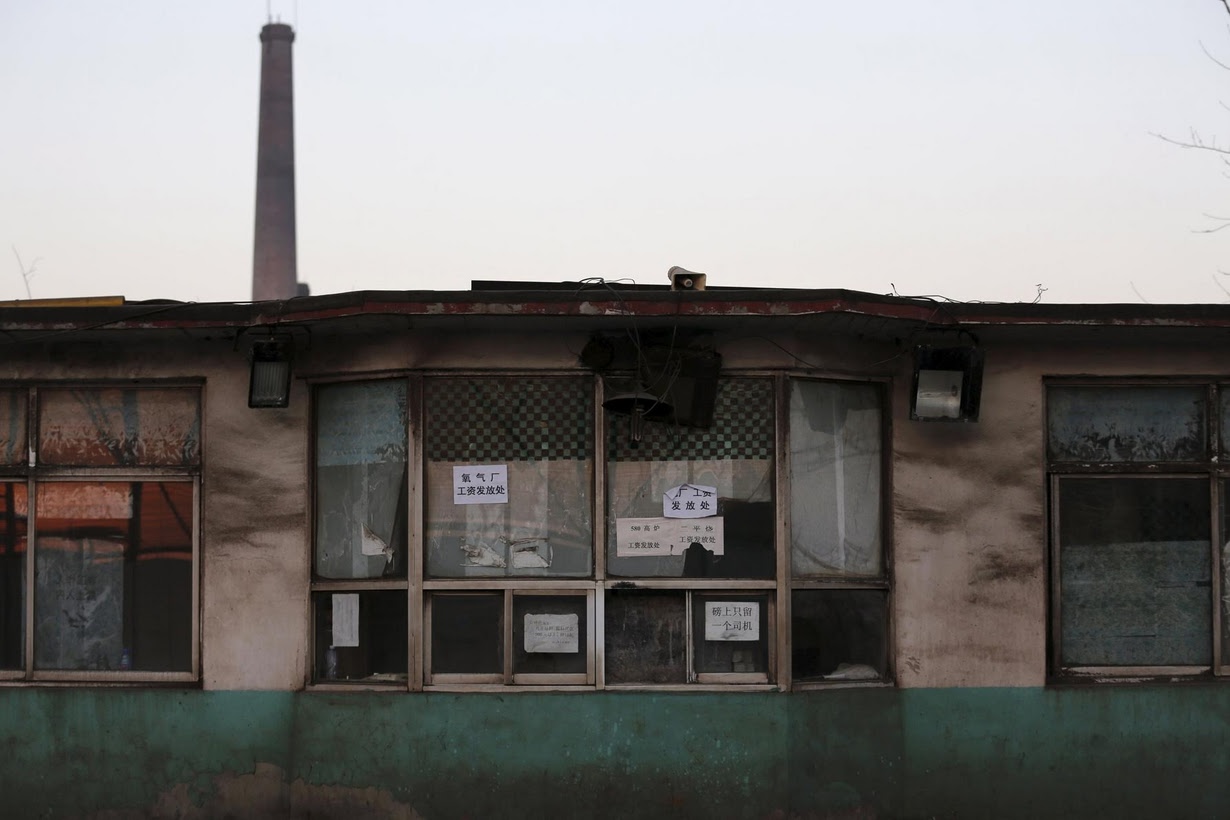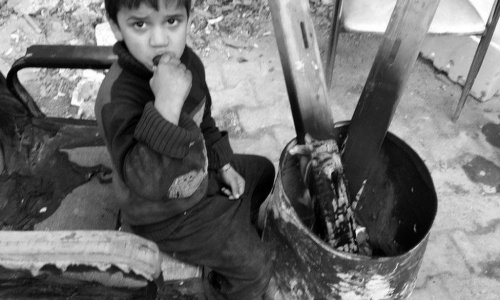China aims to lay off 5 to 6 million workers from "zombie enterprises" over the next two to three years as part of efforts to curb industrial overcapacity and pollution, two sources with ties to the country's leadership said.
Beijing is trying to rejuvenate its flagging economy by streamlining bloated industrial sectors, starting with coal and steel, but layoffs have emerged as one of the biggest concerns for cash-strapped regions ahead of next week's annual session of parliament.
The government's plans to lay off five million workers in industries suffering from a supply glut would be the country's boldest retrenchment programme in almost two decades, one source said.
The restructuring of state-owned enterprises from 1998 to 2003 led to around 28 million redundancies and cost the central government about 73.1 billion yuan (£10.2 billion) in resettlement funds.
A second source with leadership ties put the number of layoffs at six million. Both sources requested anonymity because they were not authorised to speak to media about the politically sensitive subject for fear of sparking social unrest.
For China's stability-obsessed government, keeping a lid on unemployment and any possible unrest that may follow has been a top priority.
On Monday, Yin Weimin, the minister for human resources and social security, said China expects to lay off 1.8 million workers in the coal and steel industries. But he did not give a timeframe.
China aims to cut capacity gluts in as many as seven sectors, including cement, glassmaking and shipbuilding, but the oversupplied solar power industry is likely to be spared any large-scale restructuring because it still has growth potential, the first source said.
Shutting down "zombie firms" has been identified as one of the government's priorities this year, with China's Premier Li Keqiang promising in December that they would soon "go under the knife".
The term refers to companies that have shut down operations but keep staff on their rolls since local governments are worried about the social and economic impact of bankruptcies and unemployment.The government has already drawn up plans to cut as much as 150 million tonnes of crude steel capacity and 500 million tonnes of surplus coal production in the next three to five years.
It has also earmarked 100 billion yuan ($15.29 billion) in central government funds to deal directly with the layoffs from steel and coal over the next two years, vice-industry minister Feng Fei said last week.
The funds being offered will do little to resolve the problems of debts held by zombie firms, which analysts say could overwhelm local banks if they are not handled correctly.
Factories shut down would have to repay bank loans to avoid saddling state banks with a mountain of non-performing loans, the sources said. "Triangular debt", or money owed by firms to other enterprises, would also have to be resolved, they added.China has drawn up dozens of policy documents since 2010 to try to deal with industrial overcapacity. The European Chamber of Commerce in China said in a recent report that the government had been "complacent" and had failed to tackle local government obstructionism.
"Overcapacity is a leftover problem from the Hu-Wen era," the second source said, referring to China’s former president and premier for 10 years until 2013. Hu Jintao and Wen Jiabao poured four trillion yuan into infrastructure projects and saturated industries as part of a stimulus package to buoy the economy in the wake of the global financial crisis.
(reuters.com)







www.ann.az
Follow us !











